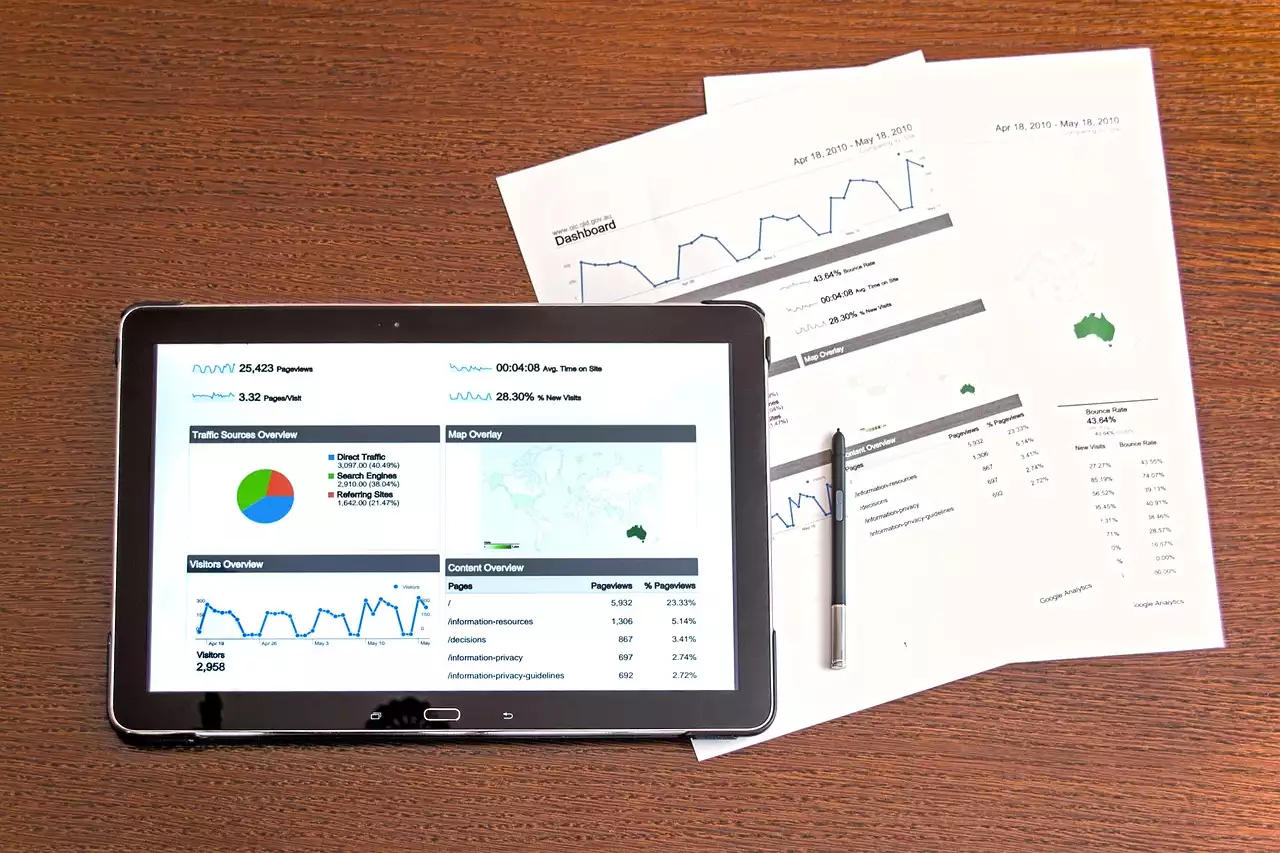The Importance of Tracking Metrics
Tracking metrics is critical to the success of your SEM campaigns. Without tracking, you won't have any data to analyze, and you won't know how your campaigns are performing. Tracking metrics allows you to optimize your campaigns, improve your ROI, and drive more conversions.
It's important to note that not all metrics are created equal. Some metrics are more important than others, depending on your campaign goals. For example, if your goal is to drive more traffic to your website, you'll want to focus on metrics like click-through rate and cost per click. If your goal is to drive more conversions, you'll want to focus on metrics like conversion rate and return on investment.
Click-Through Rate (CTR)
Click-through rate (CTR) is one of the most important metrics for measuring the success of your SEM campaigns. CTR is the percentage of people who click on your ad after seeing it. A high CTR indicates that your ad is relevant and compelling to your target audience.
To improve your CTR, you'll want to focus on writing compelling ad copy and using relevant keywords. You can also experiment with different ad formats and targeting options to see what works best for your audience.
It's important to note that CTR isn't the only metric that matters. You could have a high CTR but still not be driving conversions if your landing page isn't optimized for conversions.
What is Click Through Rate on YouTube? (CTR Explained)
Cost Per Click (CPC)
Cost per click (CPC) is another important metric for measuring the success of your SEM campaigns. CPC is the amount you pay each time someone clicks on your ad. A high CPC can eat into your budget quickly, so it's essential to keep track of this metric.
To lower your CPC, you'll want to focus on improving your ad relevance and quality score. You can also experiment with different bidding strategies and targeting options to see what works best for your campaign.
It's important to note that a low CPC isn't always better. If your CPC is too low, you may not be reaching your target audience effectively.
Conversion Rate (CR)
Conversion rate (CR) is the percentage of people who take a desired action on your website after clicking on your ad. This could be anything from filling out a form to making a purchase.
Improving your conversion rate is essential for driving more conversions and increasing your ROI. To improve your conversion rate, you'll want to focus on optimizing your landing pages and making it as easy as possible for users to take the desired action. You can also experiment with different ad formats and targeting options to see what works best for your audience.
It's important to note that not all conversions are created equal. Some conversions may be more valuable than others, depending on your business goals. For example, a lead form submission may be more valuable than a newsletter sign-up.
Quality Score (QS)
Quality score (QS) is a metric used by Google Ads to measure the quality and relevance of your ads, keywords, and landing pages. A high quality score can lead to lower CPCs and higher ad rankings.
To improve your quality score, you'll want to focus on improving your ad relevance, click-through rate, and landing page experience. You can also experiment with different ad formats and targeting options to see what works best for your audience.
It's important to note that quality score isn't the only factor that determines your ad rankings. Your bid and ad relevance also play a role in determining your ad position.
Return on Investment (ROI)
Return on investment (ROI) is the ultimate metric for measuring the success of your SEM campaigns. ROI measures the amount of revenue generated by your campaign compared to the amount you spent on the campaign.
To improve your ROI, you'll want to focus on improving your conversion rate and lowering your CPC. You can also experiment with different bidding strategies and targeting options to see what works best for your campaign.
It's important to note that ROI can be difficult to measure accurately, especially if you have a long sales cycle or if your business has multiple touchpoints before a conversion occurs.
Tools for Tracking SEM Metrics
There are many tools available for tracking SEM metrics, including Google Ads, Bing Ads, and third-party tools like SEMrush and Ahrefs. These tools allow you to track and analyze your SEM performance, identify areas for improvement, and optimize your campaigns for better results.
It's important to choose the right tool for your business needs and to use the tool effectively to get the most out of your SEM campaigns.
Google Ads Vs Bing Ads!! | Is Bing Better?
Common Mistakes in Tracking SEM Metrics
One common mistake in tracking SEM metrics is focusing on the wrong metrics. It's important to choose metrics that align with your business goals and to track those metrics consistently over time.
Another common mistake is not tracking metrics at all. Without tracking metrics, you won't have any data to analyze, and you won't know how your campaigns are performing.
It's also important to avoid making changes to your campaigns based on one metric alone. For example, if your CTR is low, it may not be an indicator that your campaign is performing poorly. You may need to look at other metrics like conversion rate and quality score to get a better understanding of your campaign performance.










